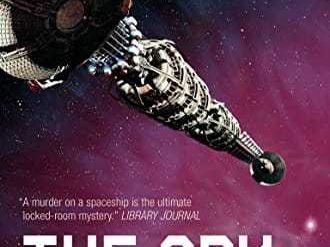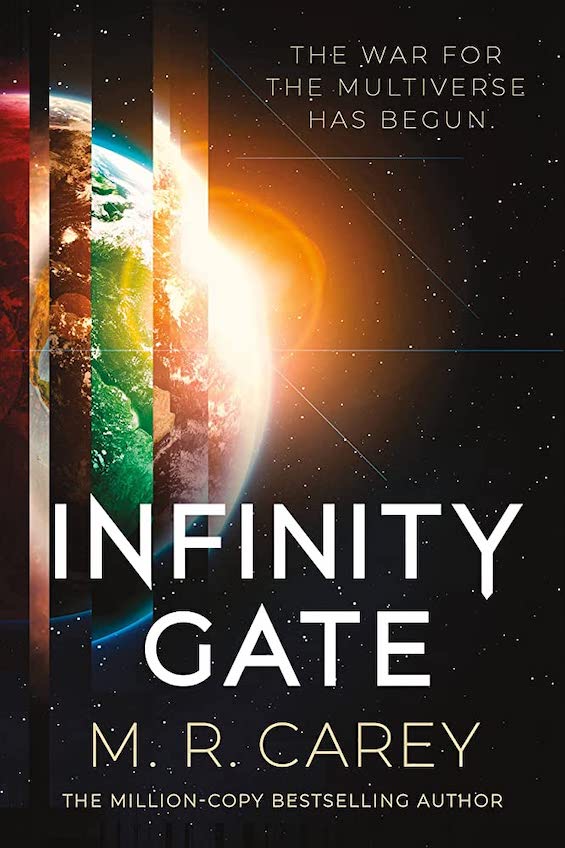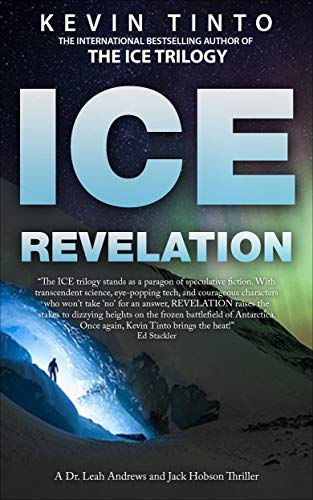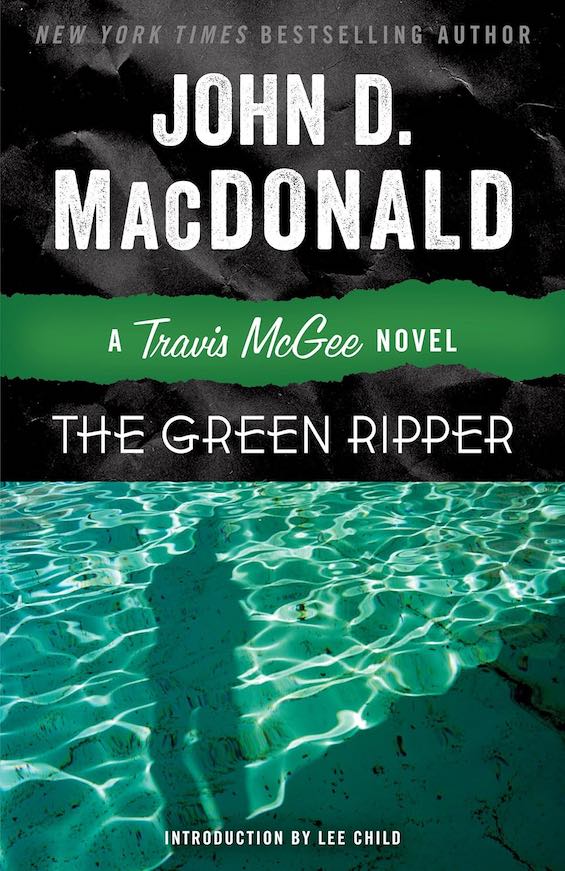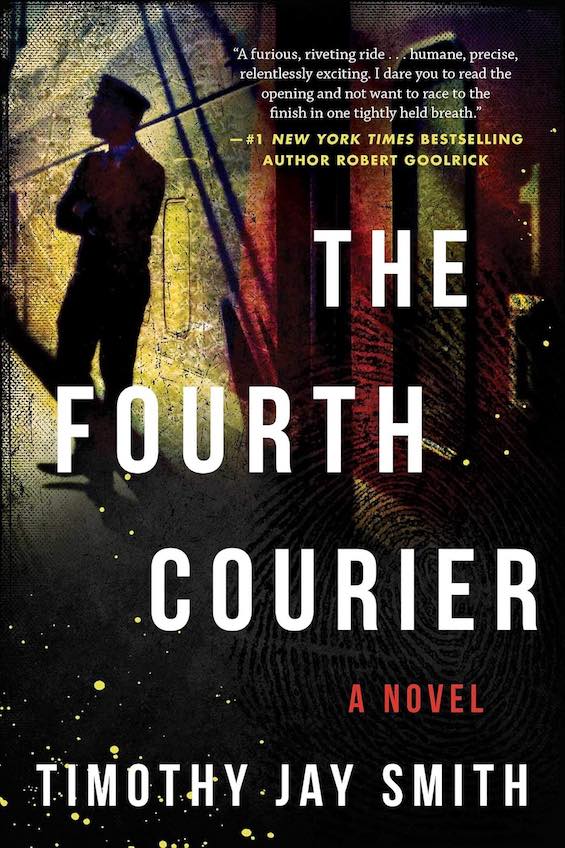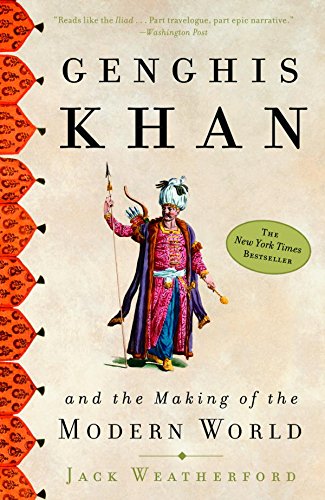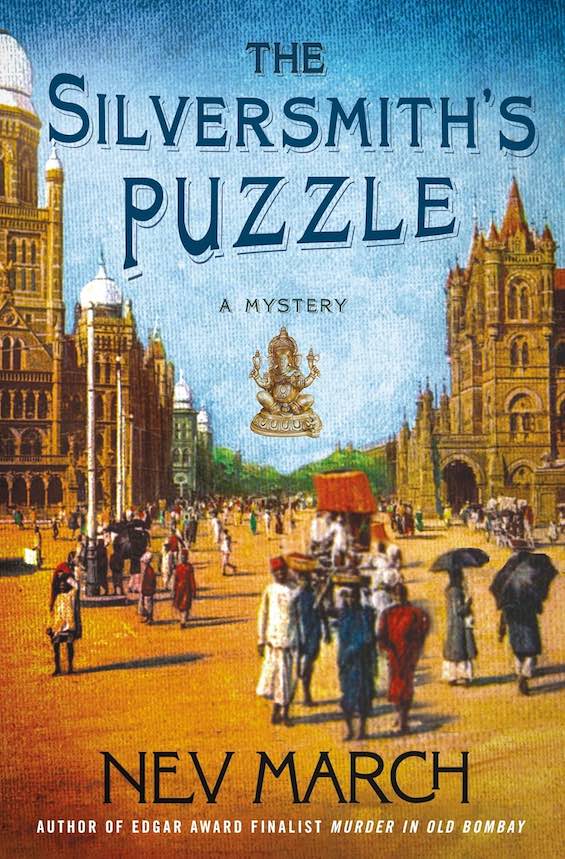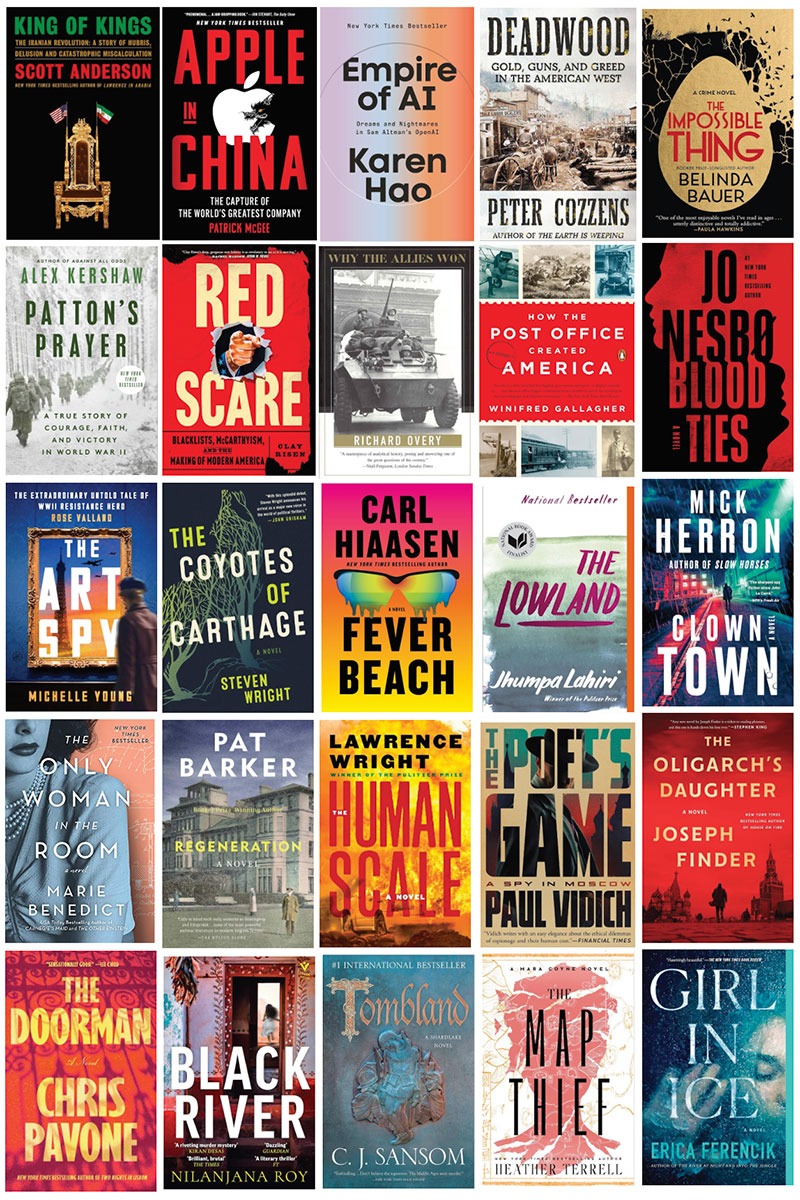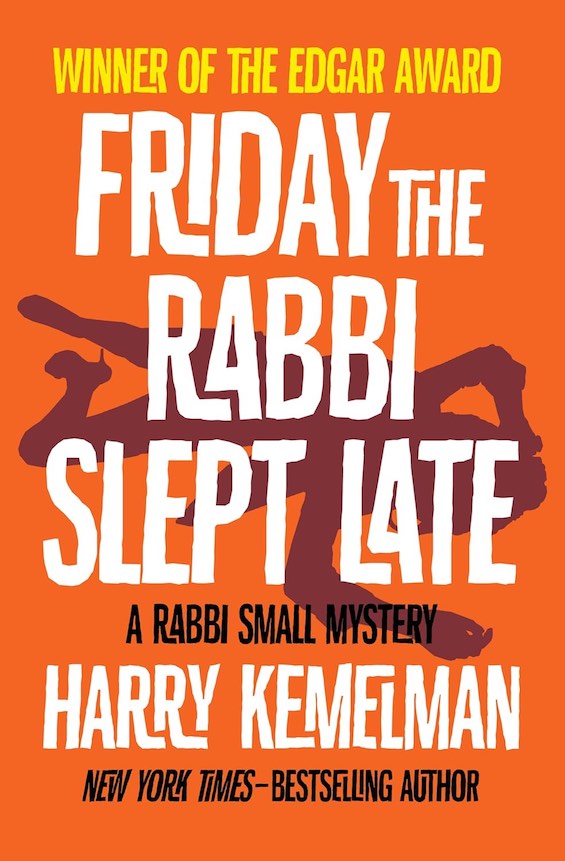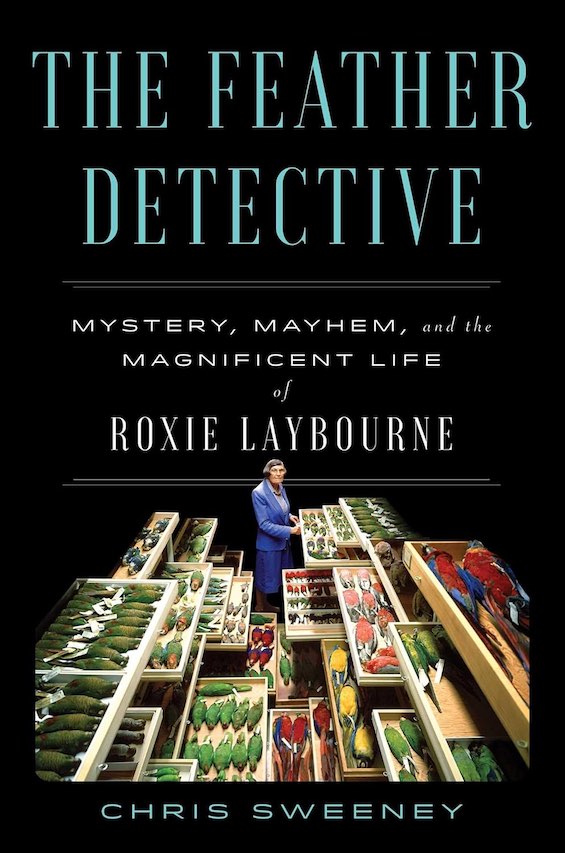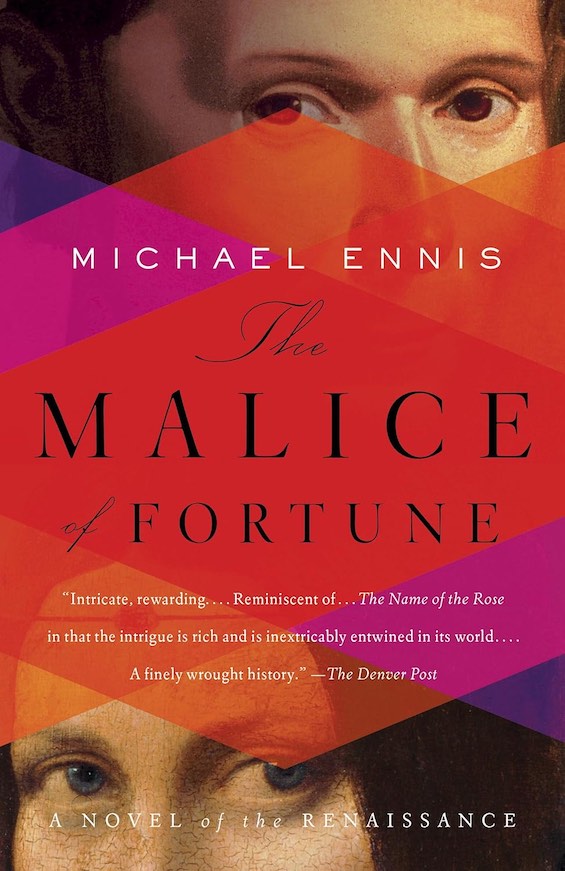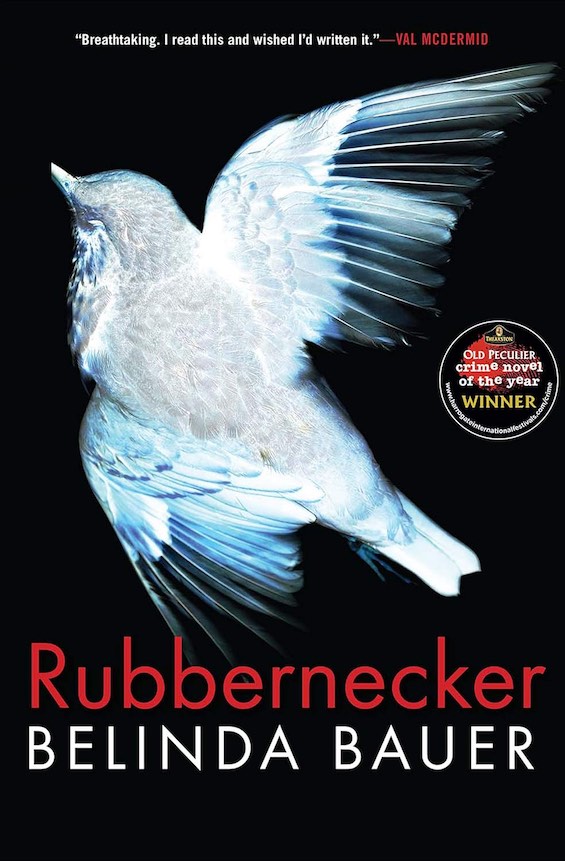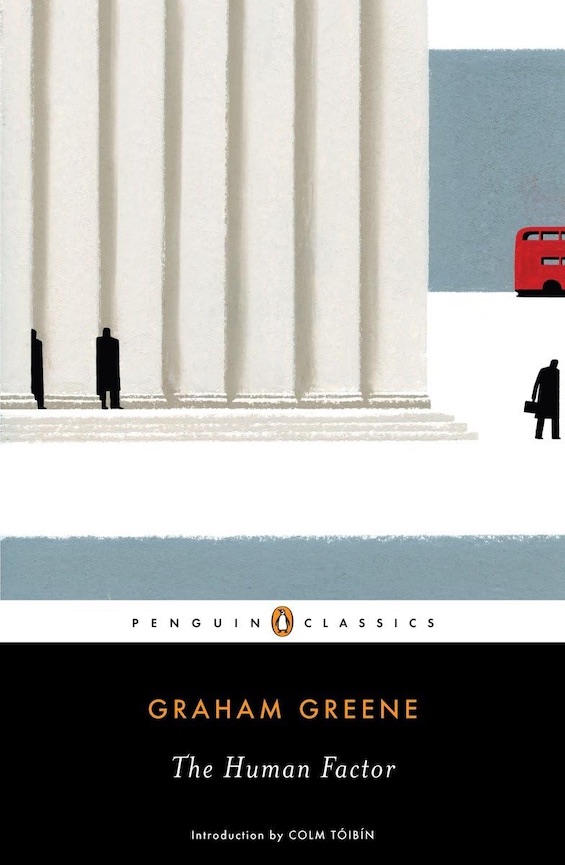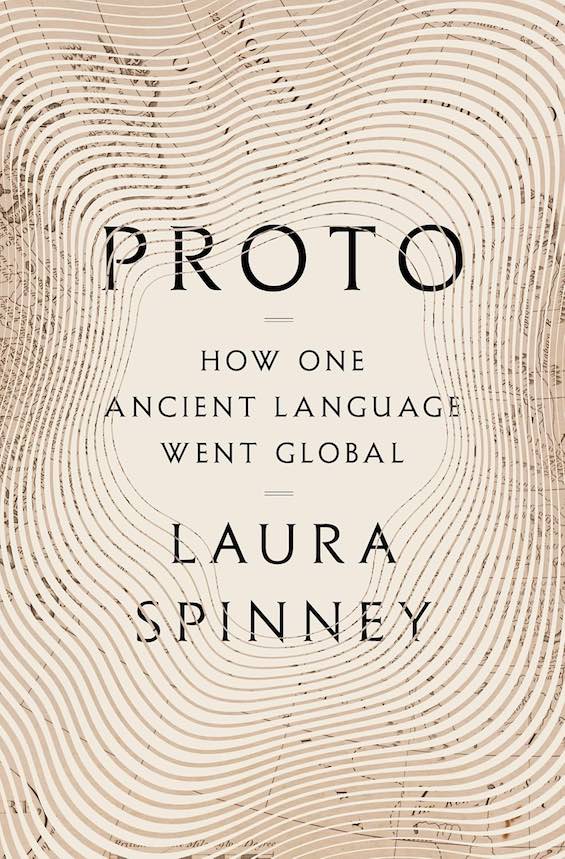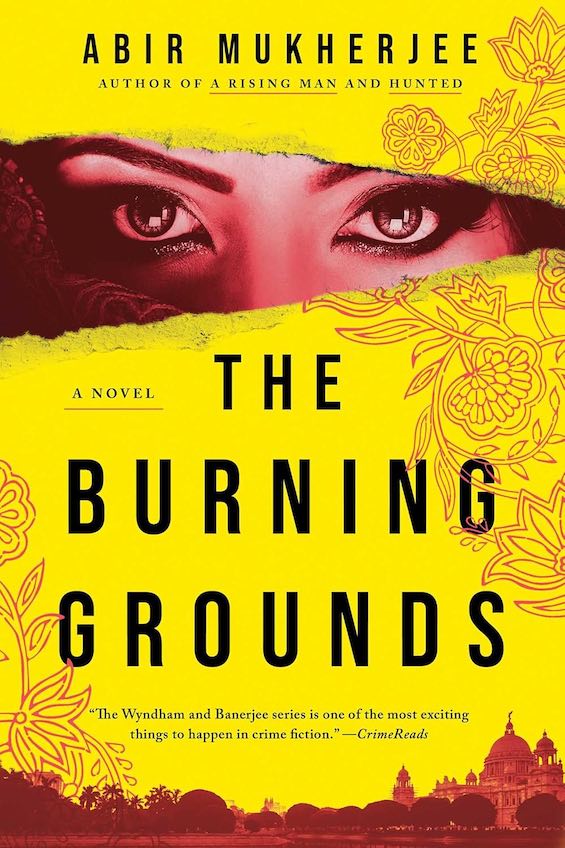Graham Gooding is head of operations at Warlock & Co. He’s been with founder David Warwick longer than anyone else and is Warwick’s trusted go-to guy. So, when top coder Nessie Locke produces a promising new algorithm, Warwick turns to Graham to test it. According to Nessie, the algo began as an art app to detect forgery. But its broader purpose is to ferret out what’s real and what’s fake. “The algo was building a model of the digital world and then using that model to judge the veracity of the real world,” Graham believes. “Was this a good idea? Maybe, maybe not. Was it ambitious? Absolutely.” But then it turns out that the app is even more powerful than advertised. Because tinkering with its code Graham can alter reality itself. Of course, this scares the hell out of him. And it should, as subsequent events make all too clear.
What is reality?
Philosophers have mused about the nature of reality for millennia, ever since the first malcontent sat down on a rock to ponder how everything got to be the way it is. And recently, in this age of information, a few of these navel-gazers have turned to speculating whether reality itself is just a manifestation of information. Science fiction writers have monkeyed with the concept, too. The Matrix dramatized one take on this conceit a quarter-century ago. And Bryan Vandyke updates it in his unsettling novel, In Our Likeness, bringing artificial intelligence into the picture.
In Our Likeness by Bryan Vandyke (2024) 224 pages ★★★★☆
Drilling down into the essence of reality
Vandyke makes all this explicit in a conversation between Graham and his own go-to guy, an old friend. “’Why do people talk about the real world and the online world as if they’re different places?’ the friend asks.
“’Because they are,’ I said with a genuine guffaw.
“’No,’ he said, his mouth tugged in a frown. ‘This is a mistake. The online world is a physical place. In multiple ways. First, it is described by trillions of bits that operate in collaboration across the planet. Second, it is manifested in the minds of humans. In each case, the digital is an annex to the physical. You cannot sever the object from the origin.’”
If you’re prepared to follow this logic to its conclusion, with Graham changing the course of the lives of the people around him by using Nessie’s new app, you’ll enjoy this novel. It’s loopy to a fault, so if you like nutty stories, you’ll love it.
About the author
Bryan VanDyke is a digital strategist with an MFA from Columbia University and a BA from Northwestern. In Our Likeness is the first of his two books to date. His writing has also appeared widely online. He lives in New York City with his wife and two children.
For related reading
See 30 good books about artificial intelligence.
For more good reading, check out:
- These novels won both Hugo and Nebula Awards
- The ultimate guide to the all-time best science fiction novels
- The top science fiction novels
- The top 10 dystopian novels
- 10 new science fiction authors worth reading now
- The best techno-thrillers
And you can always find my most popular reviews, and the most recent ones, on the Home Page.





